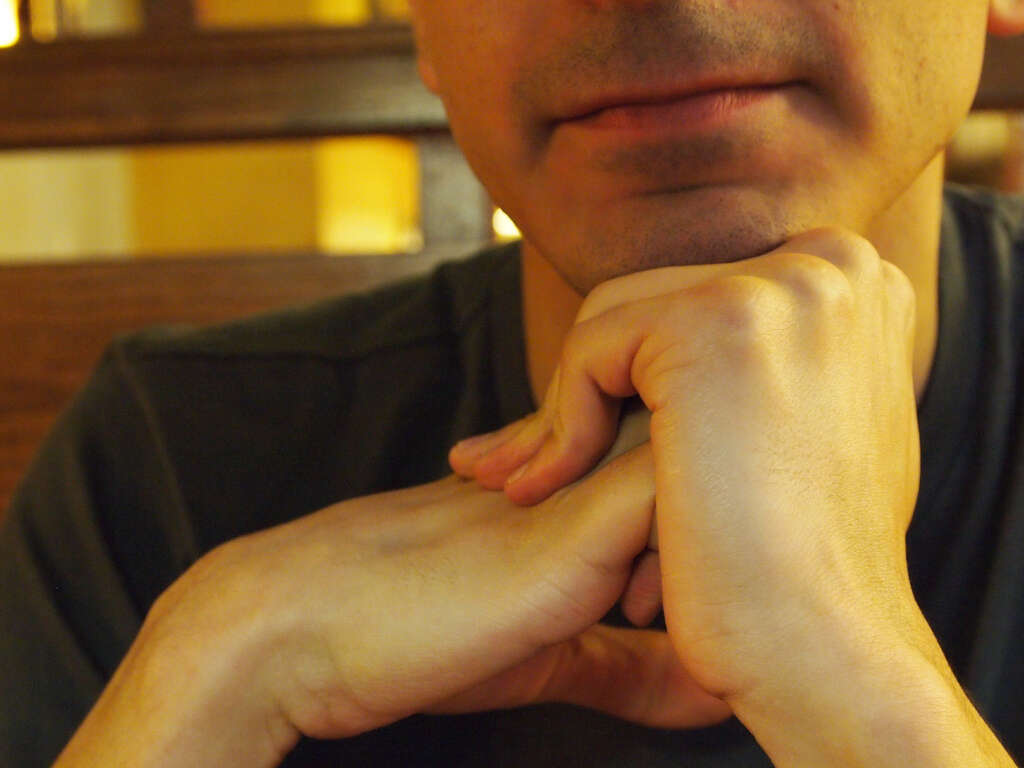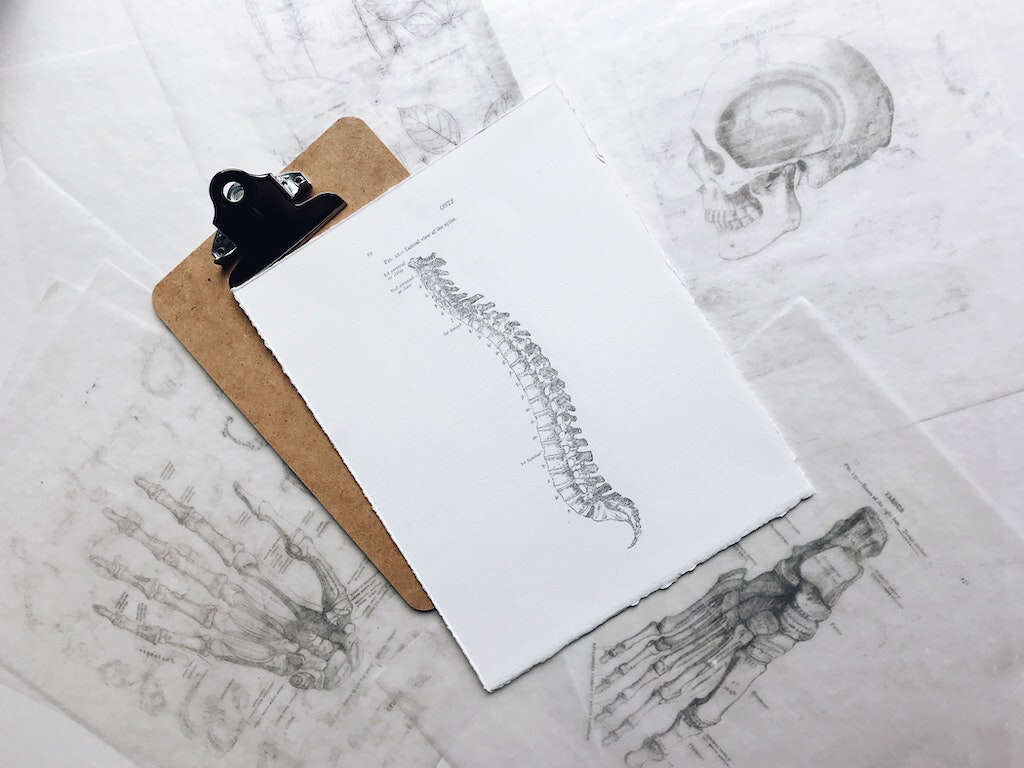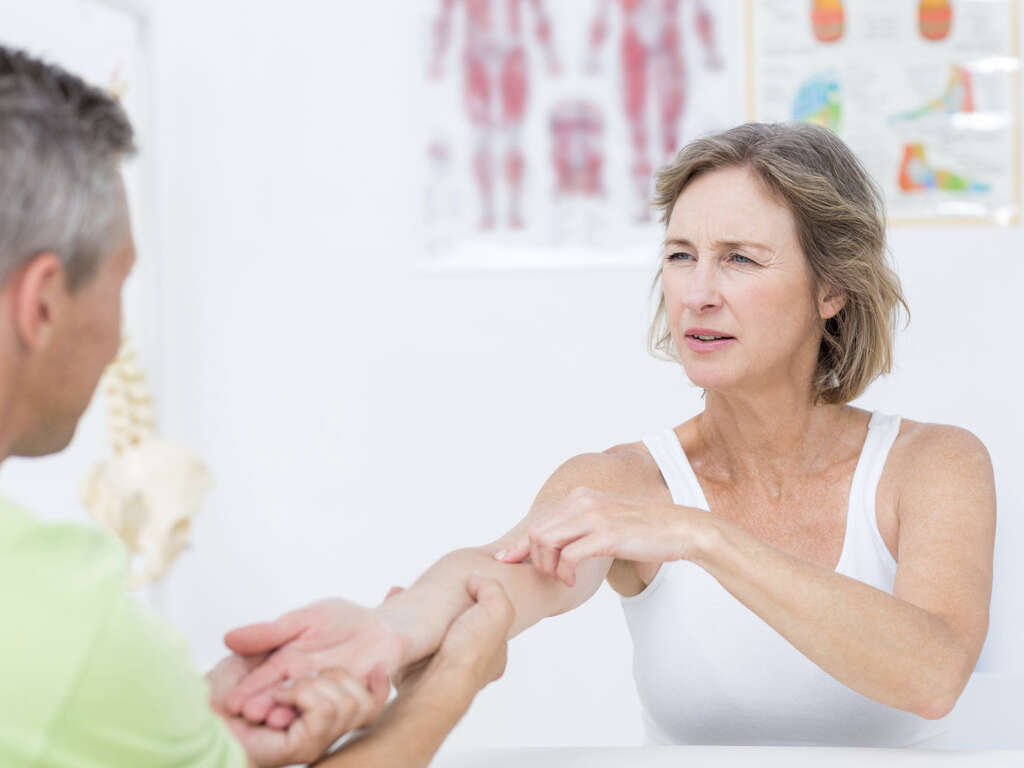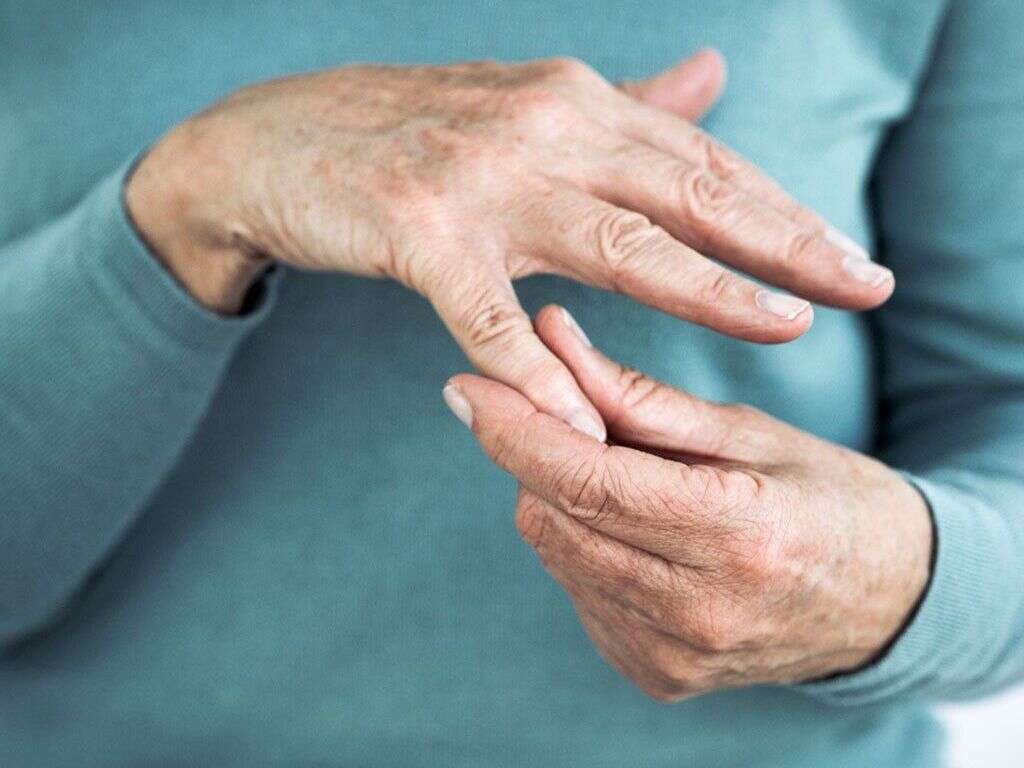10 Symptoms of Pulled Muscles
A pulled (strained) muscle is typically due to a rapid force that the muscle cannot overcome ending up in over stretching or tearing of the muscle tissue. However, muscles of the neck, shoulder, lower back, and hamstrings are the ones most affected.
Mild to moderate cases can be treated at home with RICE (rest, ice, compression, elevation) and anti-inflammatory medications, while severe muscle strains and muscle tears require professional medical treatment. It may take you days-weeks to recover from a mild or moderate muscle injury, while it may take you months to fully recover after a severe muscle strain. If left untreated, a strained muscle can lead to more tearing of the tissue and a longer recovery
Recognizing the signs and symptoms of a pulled muscle may help you prevent it from getting worse. Here are 10 pulled muscle symptoms that you should be aware of.
Symptom #1: Sudden Intense Pain
Any injury of the muscle, especially severe injuries, are accompanied by pain. The pain can be sudden and intense, starting immediately after the injury and tending to get worse as the hours pass.
Symptom #2: Muscle Spasms
Muscle spasms are a common problem of skeletal muscles, usually due to dehydration or electrolyte imbalance, as well as muscle injury.
In general, muscle spasms are abrupt and very painful. However, a good thing is that they usually last from a couple of seconds to a couple of minutes. Often just stretching the muscle gently will help relieve the muscle spasm. In the general population, muscle spasms are known as muscle cramps.

Symptom #3: Local Swelling
Any injury is usually accompanied by a local swelling of the affected body part, which is a normal reaction of the body to the injury. Acute injuries are easy to recognize as they are accompanied by a sudden intense or dull pain, together with bruising and swelling of the affected body part.
Local swelling can be either because of an accumulation of the fluid at the place of the injury or because of accumulation of the blood, otherwise known as a hematoma. Pain and swelling just make the situation worse and of course they will prolong the recovery period. Swelling will be greater in severe cases of muscle injury.
Symptom #4: Tenderness When Touched
Muscle tenderness when touched is another symptom that those with a pulled muscle complain of. Tenderness is usually felt only at certain points. A burning sensation is also quite common, while in severe cases, a real acute and sharp pain will develop, especially after a sudden muscle injury.
The severity of muscle tenderness and pain may depend on the severity of the pulled muscle. Based on the extent of the injury, muscle tears are categorized into three grades: grade I when less than 10% of muscle fibers are affected; grade II, when 10–90% of the muscle fibers are affected; and grade III, which of course is the most severe one, where more than 90% of muscle fibers are affected.
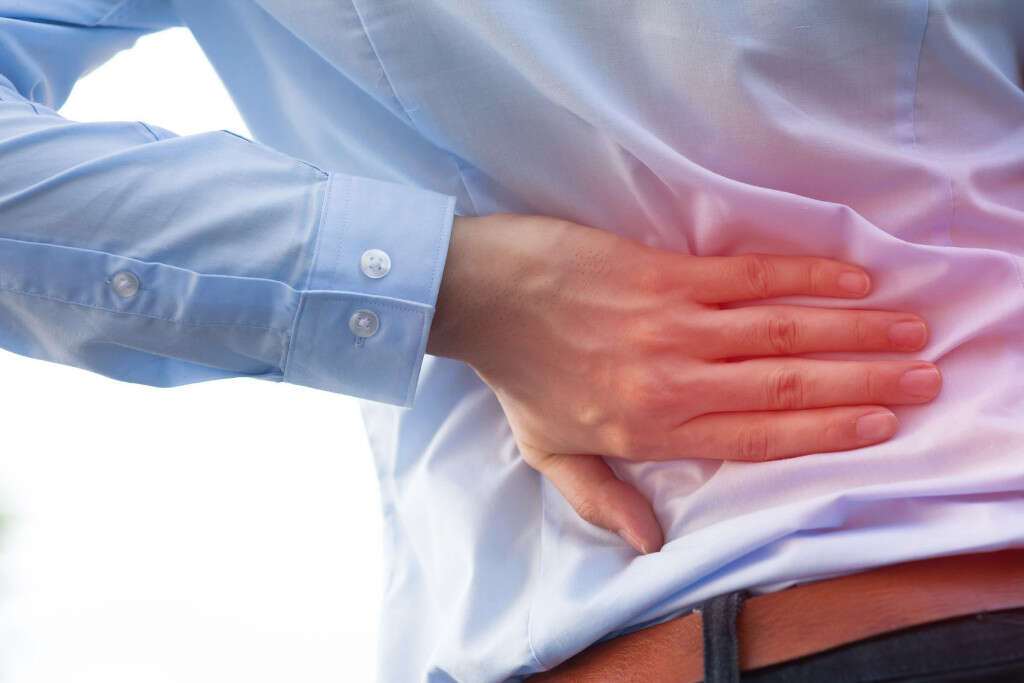
Symptom #5: Pain with Movement
An injury of the muscle will be accompanied by pain, which may get worse with certain movements. Muscles, together with our bones, ligaments, and joints, are responsible for how our body moves, so it is understandable that in cases of a muscle injury, such as in cases of a pulled muscle, every movement to the affected body part will cause pain.
The severity of the pain is may be related to the severity of the injury and whether the muscle fibers are just stretched or torn.
Symptom #6: Muscle Tightness or Stiffness
Muscle stiffness is when you feel that your muscles are tight and that you are having more difficulties moving than you usually have, especially after being at rest. It is an unpleasant sensation, especially when accompanied by other signs and symptoms.
Of course, muscle tightness and stiffness will be worse in cases of severe muscle injuries compared to mild or moderate muscle injuries. The recovery period is also longer in these cases.

Symptom #7: Pain may or may not be present during Rest
As mentioned, a pulled muscle results from overstretching or a rapid large force that the muscle tissues cannot overcome. Pain may be relieved at rest, however pain at rest is also often a sign of muscle strain. During the recovery period, it is very important to avoid physical activities that will lead to muscle pain, giving the muscle enough time to fully recover.
Stretching and strengthening exercises as directed by a physical therapist are an important part of the recovery though, especially in severe cases of a pulled muscle. However, you should listen to your own body and avoid any physical activity that will lead to unnecessary pain.
Symptom #8: Bruising or Discoloration
A pulled muscle often occurs because of an injury. In this case, not only the muscle fibers but also the surrounding structures, including the blood vessels, can get damaged.
In cases when there is also a tear of the blood vessels alongside a muscle tear and stretching, a bluish discoloration will develop. A hematoma is also possible, which is a collection of blood within the damaged tissue.

Symptom #9: Muscle Weakness
Muscle weakness often occurs to those who have had a muscle injury. The severity of muscle weakness will depend, of course, from the severity of the muscle injury.
Grade I muscle strains, which are otherwise known as mild muscle strains, are usually not accompanied by muscle weakness as only a few muscle fibers are stretched or torn. Grade II muscle strain is a moderate strain where more muscle fibers are affected. Certain muscle weakness is possible based on the severity of the injury in this case. Grade III muscle strains are a complete tear of the affected muscle, which, besides other signs and symptoms, is accompanied by inability of the muscle to work.
Symptom #10: Limited Range of Movement
Another possible symptom of a pulled muscle is a limited range of movement. In extreme cases when the muscle is completely torn, an abnormal active range of motion is expected.
During the recovery period, certain stretching and strengthening exercises as directed by a physical therapist will improve the range of motion.





